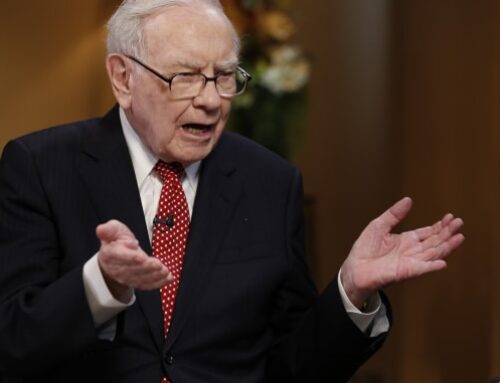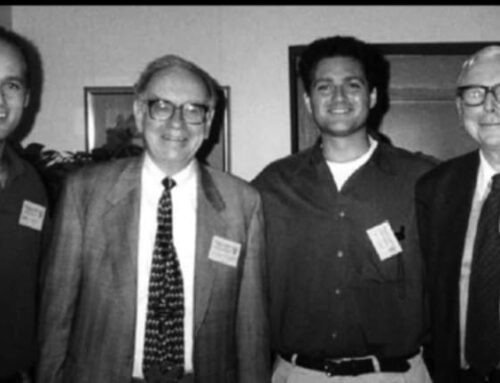Background: 1958 saw one of the deepest recessions known as the Eisenhower recession. It was the most significant recession during the post-World War II boom between 1945 and 1970 and had a sharp economic decline that only lasted eight months. By the time recovery began in May 1958, the most lost ground had been regained. As 1958 ended, the economy was heading towards new high employment and production levels. Overall, the recession was regarded as moderate based on the duration and extent of declines in employment, production, and income.
But in September, investing in stock was utterly different. LIFE Magazine highlights a strange new phenomenon: The public is investing in the stock market as never before. “On average,” reports LIFE, “500,000 new customers a year have been getting into the market, and 8.6 million Americans now own some common or preferred stock. We live today under a genuine people’s capitalism, in which the stock market has become everybody’s business.” The Dow Jones Industrial Average is around 500, but a “prominent market observer” (probably choosing to remain anonymous because his forecast sounds so crazy) predicts that “Just inflation alone will someday carry the Dow-Jones average over 1,000.
Warren Buffett is writing about this time.
A friend who runs a medium-sized investment trust recently wrote: “The mercurial temperament, characteristic of the American people, produced a major transformation in 1958 and ‘exuberant’ would be the proper word for the stock market, at least”.
In simple words, this is a sign that the economy is growing. Public savings are the channel through the capital market for growth. Through Mutual funds or direct stock. But when the companies which are underlined are also supposed to earn money. If they are not making, then it’s completely useless to invest in such shares.
In some first lines, warren Buffett mentions the effect of psychology, which is correct. Simply, If a thousand people only start thinking that the price of wheat will increase and if they act on that, then, in reality, it will increase. The famous quote of Warren Buffett came from here itself.
Be fearful when others are greedy. Be greedy when others are fearful.
The meaning is when people are buying with greed, the price may be anything upward. When people are selling with fear, the price could be downward. Warren buffet repeated that he is not in the business of forecasting.
The Dow-Jones Industrial average advanced from 435 to 583 which, after adding back dividends of about 20 points, gave an overall gain of 38.5% from the Dow-Jones unit. The five partnerships that operated throughout the entire year obtained results averaging slightly better than this 38.5%. Based on market values at the end of both years, their gains ranged from 36.7% to 46.2%.
One more year and Warren Buffett beats Dow jones once again.
Warren Buffett always mentions examples of companies in his letters. So he said them in this letter also. This tells us how Mr. Market (an Imaginary character to explain the unpredictable behavior of the price of shares) Is thinking and how it changes.
Commonwealth ( Trust company of union city new jersey) was 25.5% owned by a larger bank (Commonwealth had assets of about $50 Million – about half the size of the First National in Omaha), which had desired a merger for many years. Such a merger was prevented for persona1 reasons, but there was evidence that this situation would not continue indefinitely. Thus
we had a combination of:
1. Very strong defensive characteristics;
2. Good solid value building up at a satisfactory pace and;
3. Evidence to the effect that eventually this value would be unlocked although it might be one year or ten
years. If the latter were true, the value would presumably have been built up to a considerably larger
figure, say, $250 per share.
Over a period of a year or so, we were successful in obtaining about 12% of the bank at a price averaging about
$51 per share.
One thing Warren Buffett mentioned here is continuously keeping the percentage return from the market. When you think the risk-adjusted return from some stock is sufficient, sell it and search for new investment.
It is obvious that we could still be sitting with $50 stock patiently buying in dribs and drabs, and I would be quite happy with such a program although our performance relative to the market last year would have looked poor.



